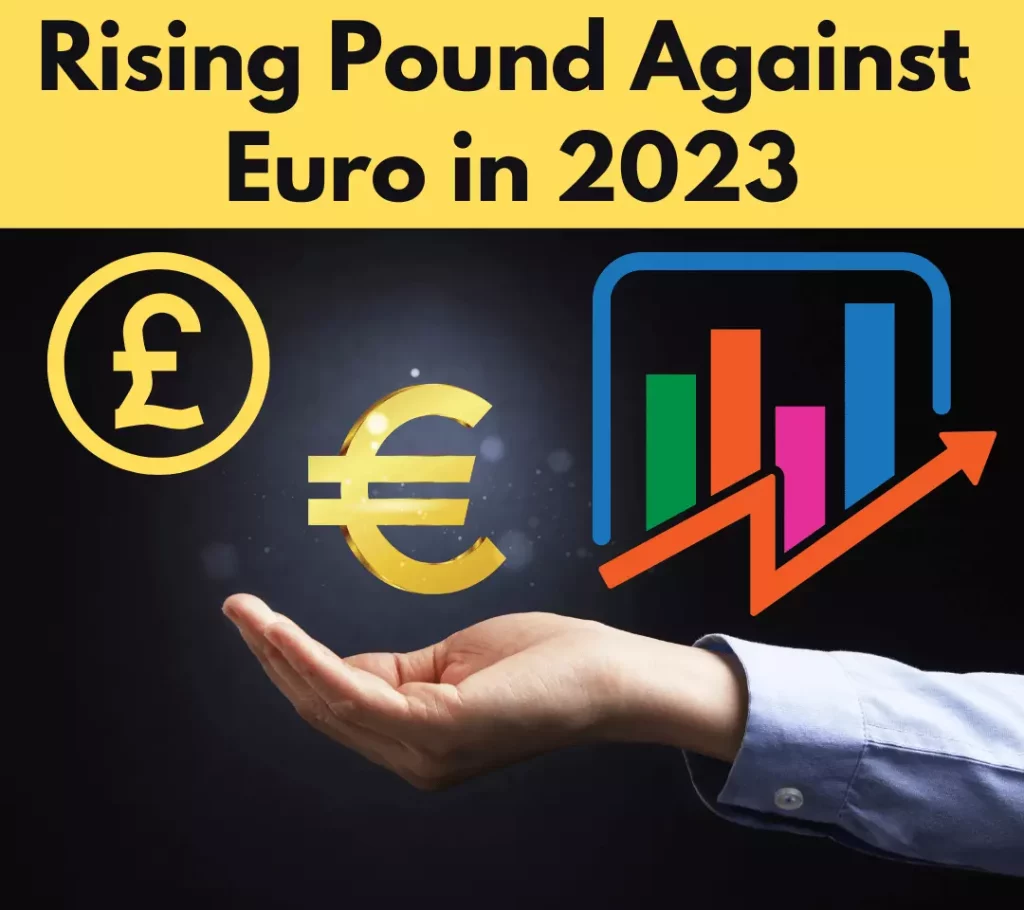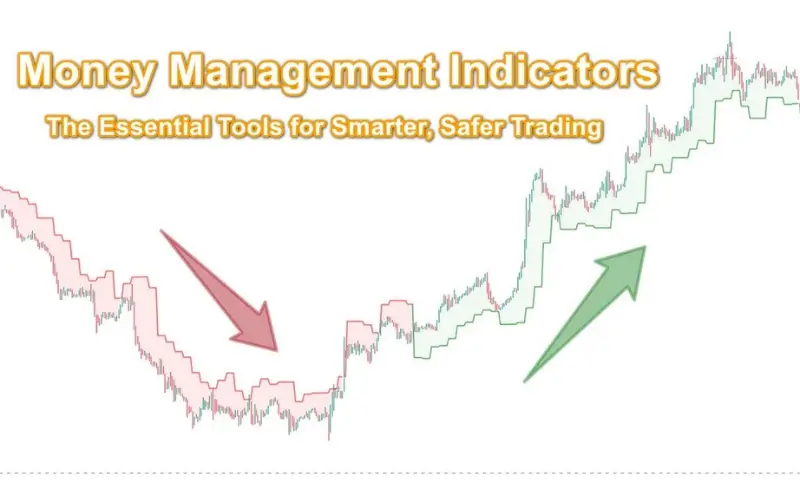With statistics of a robust UK jobs market and positive corporate revenues statistics, the British pound (GBP) began 2023 on a high note against the euro (EUR), having recovered from a 2-month low of €1.12 to €1.14, as of 20 January 2023. This could indicate more assertive interest rate increases by the BoE. The Pound-to-Euro forecast FX rate is being considered in light of the impact that the energy crisis is having on both the UK and eurozone’s economies, that’s been more severe by the war among Russia and Ukraine.

Under this piece, we examine the most recent expert projections for the pounds to euro exchange rate and discuss the variables that may affect it going forward.
What influences the GBP/EUR pair?
The pounds to euro pair show how many euros, which serve as the quotation currency, are required to purchase one pound, which serves as a base currency.
Among the most popular trading pairs on the Forex market is this one. The euro is indeed the 2nd most exchanged currency on the planet behind the US dollars, while pound, the previous global stable currency, is one of toughest currencies on the planet (USD). The Pound and Euros both stand for important worldwide trade and financial hubs.
The trend of the currency rate has more frequently been affected by worries about how the Russia-Ukraine war may affect prices in the United Kingdom and the eurozone.
Economic instability is reflected in the pounds to euro trend.
The pounds-to-euro pair has been volatile after dropping in March 2020 due to worries over the Covid-19 pandemic’s effects on the UK economy. The exchange rate rose swiftly, in April 2020, but after that it fluctuated downward during the summers, in September 2020.

As soon as Covid-19 vaccinations were released, the pair started to move upward as expectations for the UK economy’s post-lockdown recovery increased.
- In 2021, the increasing trend persisted.
- The pounds-to-euro pair rose over again as BoE began raising interest rates in December 2021.
- The pair declines and traders consider Russian invasion of Ukraine the reason behind this fall down.
- The pair went through considerable fluctuation in August – September 2022, falling to an instantaneous low in the wake of Liz Truss govt’s dismal mini-budget.
Robust UK employment market, declining inflation
The solid UK business and jobs statistics, which showed a 28,000 rise in salary workers from Sep to Nov 2022 and a 6.4% rise in total wage in Nov, helped the pounds to euro exchange rate rise by 1.51% during Jan 17 and 18.
The consumer prices index, which measures volatility in the UK, reads 10.5% in Dec, marginally down from 10.7% Nov estimate and in accordance with expert expectations. The costs of home expenses, food, and drinks were the main causes of inflation.
By Jan 2023, the BoE has raised the rate to 3.5% (from the ECB’s 2.5%). The Bank of England anticipates rising prices to decline only by the mid of 2023 due to slower market growth, stockpile concerns getting better, and reduced energy cost increases.
By 2023, it is eagerly expected that the ECB would maintain its aggressive economic policy. Th he bank’s primary renewal rate is expected to increase to 4%, according to Fitch Ratings, by Jun 2023.
Concluding remarks
It’s crucial to bear in sight that FX markets are quite unpredictable, leaving it challenging to make precise long-term projections when analyzing any pound-to-euro prediction. Thus, forecasts made by experts and by algorithms are frequently inaccurate. We advise you to always conduct your own investigation. However, you may ask for help from TU. Before trading, have a glance to the most recent news, a variety of comments, and basic and economic analysis.
Never trade with more capital than you manage to lose and be aware that past results do not promise future results.



